Source: Freepik
Find out in this article the best practices for producing exclusive and attractive videos that impact and captivate.
Why should you invest more in videos?
Video content has brought greater customer engagement with the brand and increased organic traffic.
Almost half of all internet usage is dedicated to viewing video content.
According to the Sprout Social Index™, 66% of consumers think that short videos are the most engaging type of content on social networks.
Short videos are up to 3 minutes long, yet 83% of marketers have identified that the best length for a short video is less than 60 seconds.
Videos on social media are a highly effective way of attracting and holding the attention of your target audience and demonstrating your brand’s personality.
Remarkably, people continue to watch more videos. According to video marketing research by Wyzowl, the amount of online videos watched per week, per person, has almost doubled since 2018, although it will see a slight decrease by 2023.
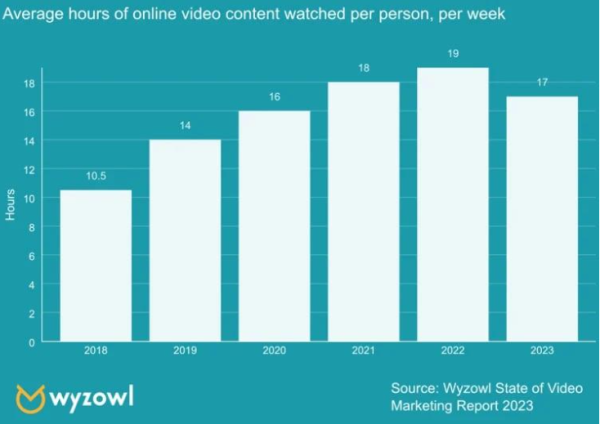
Consumers continue to use video as an integral part of their journey with brands. They expect to see video content from brands – and to use it as a key part of their research and purchasing decisions.
73% of consumers prefer to watch short videos when looking to learn about a product or service.
Except for YouTube videos, which are longer, short videos are more watched and shared among users on social networks, and algorithms make it easier for short video content to be discovered and seen.
First Things First
Goal
Before starting to create the video, and having already defined the audience you want to reach, the first step is to have the objective of the content clearly in mind.
Stop and think:
What is the purpose of this video?
Why am I creating this content?
Is it to:
Entertain?
Teach?
Enlighten?
Delight?
Or what for?
Roadmap
Storytelling: it all starts with a story. Not just any story. A good story, interesting and captivating, worth sharing, and preferably one that benefits the viewer in some way.
Learn Pixar’s 22 rules for storytelling and apply them to your video content.
The second step is to write a script with language that is close to orality to create empathy.
Types of content with the highest ROI – Return Over Investment (Top 7):
 Source: The Video Marketing Playbook – Trends & Tips to Create a Video Strategy in 2023 – HubSpot and PlayPlay
Source: The Video Marketing Playbook – Trends & Tips to Create a Video Strategy in 2023 – HubSpot and PlayPlay
Storyboard
Create a storyboard to preview the main actions that will appear in the video.
Duration and Format
The first 15 seconds of the video are crucial and must capture the consumer’s attention. To do this, you need to quickly show what the video is about and what the consumer can expect.
Bet on vertical videos, shorter than 15 seconds, as they tend to be more engaging.
Best practices for creating engaging and perhaps viral short videos
Reason
You have up to 3 seconds to grab attention, so give people a reason to keep watching your video, either through images, a teaser of what’s to come, or on-screen text. Go for an emotional narrative and write an explanatory but succinct caption, with a call to action at the end of the text.
Value
Make it worthwhile. Offer a clear and simple value proposition.
Trends
Be aware of trends in sound, music, filters, animations, and visual resources, so that you can incorporate them into your videos with intention and if they make sense.
Authenticity
Real, sincere, and honest videos that highlight the human being behind the brand increase the possibility of identification, create an authentic connection with the audience, and attract more people to watch.
Originality
Avoid cross-posting videos with watermarks. The ideal is to create an original and different video for each social network, so as not to compromise its visibility on each platform.
Design
Video design depends on the objective and the content, but there are three main types of video.
Live Action
This type of video is ideal for interviews as well as testimonials and promoting corporate culture. 49% of video marketers said that live-action videos are more likely to go viral.
Animation
In a variety of formats and styles, animation is ideal for presenting moving graphics. It’s especially great for super-short videos that need to convey simple information such as new product launch dates or sales.
Screen-Capture
It’s the perfect type of video for creating informative or educational content, often used in technical tutorials and recorded games.
Brevity
A short video will be between 5 and 90 seconds long, but the average length of short videos is 15 to 30 seconds, and these are the ones that get the best results.
Ideal lengths on short-form video platforms:
- TikTok: between 11 and 17 seconds;
- Instagram: between 7 and 15 seconds;
- YouTube shorts: between 15 and 60 seconds;
- Snapchat highlights: between 5 and 60 seconds.
Partnerships
Partnerships with influencers and relevant brands with similar values to yours or with professionals in the same sector as yours can be highly effective, as they increase your reach and help you create more engaging videos.
Demonstration of use
Videos that show the features and benefits of the product and explain how to use it are appreciated by people and are a great way to leverage content as a brand.
UGC – User Generated Content
Take the opportunity to share user-generated content, from testimonials to spontaneous videos of your customers talking about you or your brand/product/service.
Humor
Depending on the topic and purpose of the video, humor can be a good strategy to create positive feelings towards your brand and consequently lead to greater engagement and conversions.
Accessibility
Ensure that the text and audio of your video are accessible and optimized for people with visual or hearing impairments.
How to make your video accessible:
- Include text overlays or subtitles and visual cues;
- Provide high-quality audio;
- Write subtitles to describe the content of the video;
- Leave enough time for reading text or animations within the video;
- Use subtitles and text on solid color backgrounds;
- Follow the WCAG guidelines – Web Content Accessibility Guidance 2.1.
 Source: Freepik
Source: Freepik
Equipment: Camera, Tripod and Microphone
Depending on the objective, consider investing in a specialized camera, with interchangeable lenses that take advantage of the light in different ways, as well as a tripod and a suitable microphone.
A lot can be done with modern smartphones, but there are three types of cameras most commonly used by video marketers.
 Source: The Video Marketing Playbook – Trends & Tips to Create a Video Strategy in 2023 – HubSpot and PlayPlay
Source: The Video Marketing Playbook – Trends & Tips to Create a Video Strategy in 2023 – HubSpot and PlayPlay
Lighting and Visual Composition
Adequate lighting helps to highlight the content of the video, shows details of facial expressions or products and makes it more aesthetically pleasing, giving the viewer a good impression, increasing trust and even engagement.
If you’re not recording outdoors, with perfect natural light, you can use some equipment.
Ring light
An effective solution for video log-style filming – with a person in an American shot covering a large part of the screen.
Specialized lamps
There are several options for specialized lamps with different purposes and results. Here, it’s good sense to invest in those that make a difference to the quality of the video.
Beaters and softboxes
Just as important as the bulbs is how you manipulate the light. Spotlights and softboxes allow you to control the “harshness”, tonality, direction, and intensity.
Here are 6 tips for improving the lighting in your videos:
1.Create an ideal set-up.
2. Invest in the right equipment.
3. Test different lights: different temperatures, light hardness, focal points.
4. Master 3-point lighting on set:
1) main light, which illuminates and highlights the object or person in focus, positioned at an angle between 15º and 45º to the camera;
2) fill light, placed opposite the main light with the aim of softening or eliminating the harsher shadows caused by the first point; and
3) backlight, which is behind, pointed towards the camera, with the object or person between them, whose function is to create an aura of illumination on that person’s silhouette so that they stand out and differentiate themselves from the scenery.
5. Control or eliminate natural light in the studio or internal recording space.
6. Create the identity of the photograph in post-production using editing software.
Edition
According to HubSpot and PlayPlay, 61% of video marketers prefer to use Adobe Premiere Pro to edit their videos. And 31%, iMovie.
Best editing practices include:
- Work on elements such as color grading, exposure, white balance, contrasts between light and shadow;
- Make smooth cuts, including a pause time (1 second) between cuts;
- Make cuts at moments of action when you are using two cameras during the video recording;
- Include transitions that make sense and are in line with the content;
- Remove mistakes, language vices, or undue pauses during a sentence;
- Take accessibility into account;
- Use images, illustrations, and graphic effects to enhance the quality of the final video;
- Adding soundtracks to create specific atmospheres, such as the opening, call to break, and call to action, taking care to use free-licensed content or obtaining express permission from the authors of the music;
- Add special visual and sound effects to enhance the aesthetics of the video and create the desired effect.
Tools for creating and editing short videos:
- Adobe Premiere Rush
- Adobe Express
- CapCut
- Descript AI
- Pictory AI
Sound Design and Subtitles
Sound enhances your video, and subtitles make it accessible. The Clipomatic tool automatically adds subtitles to your video.
Audio has a major influence on the overall quality of the video. That’s why it’s essential:
- Record in a quiet environment, without interference from external sounds;
- Rehearse a lot before recording.
AVOID the audio recording problems described below.
Distortion: when the volume of the audio exceeds the capacity of the software or equipment, making the sound harsh and uncomfortable, with the voice cracking. Solution in editing: use filters, as distortions cannot be corrected in recorded audio.
“Plosives”: when certain phonemes such as ‘b’, ‘p’, or ‘t’ sound as if a ball of air is exploding in the audio (usually because the person is speaking too close to the microphone). Tip: avoid this by keeping the microphone next to the speaker’s mouth (and not in front of it). Solution in editing: use filters to reduce noise or exclude the sound wave from the noise.
Speaking away from the microphone: leaving the voice muffled or hollow and the noises more noticeable. Tip: position the microphone towards the person’s chin and keep it 10 to 13 centimeters away from their mouth. Editing solution: equalizing the recording can be an alternative in programs such as iZotope RX or Audition (note: the correction is different for each type of voice).
Interference: from any kind of external sound in the recording environment. Tip: change the environment. However, if the problem is linked to the equipment itself, replace worn cables and microphones.
Squeaking in the background: this could be the result of interference or a microphone about to discharge. Tip: make sure the microphone is charged and, if in doubt, change the cables. Solution when editing: find a section of audio where you can hear only the hiss, without the interference of voices and movement, so that the program recognizes the noise and removes it.
Echo: sound reverberates normally when recording in large environments. Tip: prefer small rooms with carpeting and soft fabrics in the room. Test the room by speaking out loud to see if it echoes.
Wind: can appear when recording outdoors; the noise is similar to “plosives”. Tip: use wind protection on the microphone, such as Dreadcats – a fuzzy protector that prevents the wind from producing unwanted sounds.
Mouth noises: these come from natural mouth movements when the mouth is dry or from excess saliva. Changing the position of the microphone and drinking apple juice can help. It’s a good idea to avoid water, coffee, and dairy products before recording.
About the audio mix, once it’s finished, a good practice is to listen to the result on various pieces of equipment, such as your car stereo, your cell phone headset, and your home theater, among others. The final audio needs to sound good on all these systems. If not, compare and point out the differences and try to equalize your mix.
CTA – Call to Action
Include a call to action, directing the audience on what to do next. If possible, brand a product or service, include purchase links in the video description, bio or story.
Consistency
Establish a publishing frequency so that your audience knows when to expect your next video content. Quality videos published regularly keep your audience engaged and provide the algorithm with enough content to choose from and display.
79% of marketers plan and publish between 2 and 10 videos per month.
Scheduling
Schedule your videos in advance. This will give you more time to plan and then choose the days and times when your audience is most likely to interact with your profile.
Distribution channels
According to 63% of marketers, social networks are the most effective way to promote videos.
Top 4 most used channels:
 Source: The Video Marketing Playbook – Trends & Tips to Create a Video Strategy in 2023 – HubSpot and PlayPlay
Source: The Video Marketing Playbook – Trends & Tips to Create a Video Strategy in 2023 – HubSpot and PlayPlay
Platforms that generate the most viral videos:
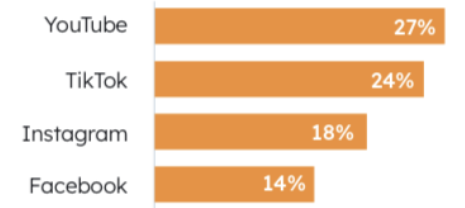
Source: The Video Marketing Playbook – Trends & Tips to Create a Video Strategy in 2023 – HubSpot and PlayPlay
The dancer who went viral: watch one of the most viral videos on TikTok in 2023.
And this video, which explains how to go viral on TikTok in 2023, has also gone viral!
Instagram videos
Stories
Up to 60 seconds long, informal, quick to consume, ideal for showing behind-the-scenes, day-to-day life. Add interactive elements such as filters, emojis, tags, question boxes, polls, etc. Use direct links, a great resource for generating leads and organic conversions.
Extra tip: keep abou
Reels
Comprehensive video, vertical portrait format (9:16), from 15 to 90 seconds long if you record using the Instagram camera, or from 3 seconds to 15 minutes if you upload the video created in another app or software. Make your video more dynamic by using the app’s features, such as stickers, filters, speed, audio, and more.
Extra tip: include text, music, and on-screen captions to make your Reels engaging and accessible.
Useful video tools:
- Adobe Creative Cloud Express
- Hootsuite
- Pictory
- Clipomatic
- Apple Clips
- Lumen5
- Headliner
4 ways to create video ads that stand out
- Add animated text to highlight new products or special features and discounts.
- Use slow-motion for a dramatic effect.
- Create with stop-motion to tell a quick story focused on the product and attract attention.
- Tell a story using the slideshow feature with photographs.
Videos on YouTube
Project an identifiable image and tell meaningful stories to potential customers through long, interesting, and engaging videos on YouTube.
The most popular topics on YouTube are tutorials, video games, ASMR (Autonomic Sensory Meridian Response) – a type of video that helps viewers enter a state of relaxation, mashups (mixing two different songs, movie clips, or any other combination of sources), music and education.
5 attractive elements to improve your video’s viewing time and get more retention
- An unmissable title and thumbnail.
- An emotional or informative opening hook that grabs and holds attention.
- A well-structured Story that keeps viewers engaged.
- A Reason to Watch: challenge or risk situation at the start of the video.
- A quick ending with a Call to Action. Use the end card in your video to link to other relevant videos, keeping the viewer on your channel. And include links to other videos in the description.
Dica extra 1: nos segundos finais do vídeo, não encerre a ação nem se despeça. Finalize o vídeo repentinamente para fazer com que o espectador queira mais!
Dica extra 2: adicione um clipe de poucos segundos logo após o vídeo, como erro de gravação ou cenas de bastidores ou última dica ou lembrete para treinar o espectador a sempre assistir aos seus vídeos até o fim.
Regular standard interruptions in YouTube videos
With this type of (long) video and the decrease in our attention span, it is essential to use standard interruptions every 30 seconds:
- Changing camera angle, perspective, or filming location;
- Filming in different locations: if the video content has a list of points, film each of them in different locations;
- Sense of urgency: in tasks, add timers and countdowns;
- Speed feature: film the products in slow motion and then go back to normal speed;
- Callbacks: if a character appears in your video, refer to them again throughout the video;
- Signaling a problem or a question at the start of the video, but without immediately providing the solution.
Graphics and other visual elements in addition to music are also essential resources to keep the viewer interested enough to watch the long video to the end.
The Wrap Up
More than nine out of 10 people said they wanted to see more brand videos by 2023, which makes video an excellent tool for lead generation and brand awareness.
Video oversaturation raises the bar in terms of content quality. All the more reason to plan your videos and execute them very well.
Video content is among the most shared on social networks.
However, it’s not enough for the video to be good and relevant. It needs to be engaging to convert.
When creating your next video, keep these 4 tips in mind:
- Be visual.
- Be relevant.
- Have a clear purpose and talk about it often.
- Have a CTA.
Whether creating videos, images, text or audio, always consider the AIDA model:
ATTENTION: grab attention in the first 3 seconds.
INTEREST: arouse interest.
DESIRE: arouse some desire in your audience.
ACTION: end with a clear call to action.
Cut!
Ready to turn your videos into powerful conversion tools?!


















 Source: Freepik
Source: Freepik Source: The Video Marketing Playbook – Trends & Tips to Create a Video Strategy in 2023 – HubSpot and PlayPlay
Source: The Video Marketing Playbook – Trends & Tips to Create a Video Strategy in 2023 – HubSpot and PlayPlay

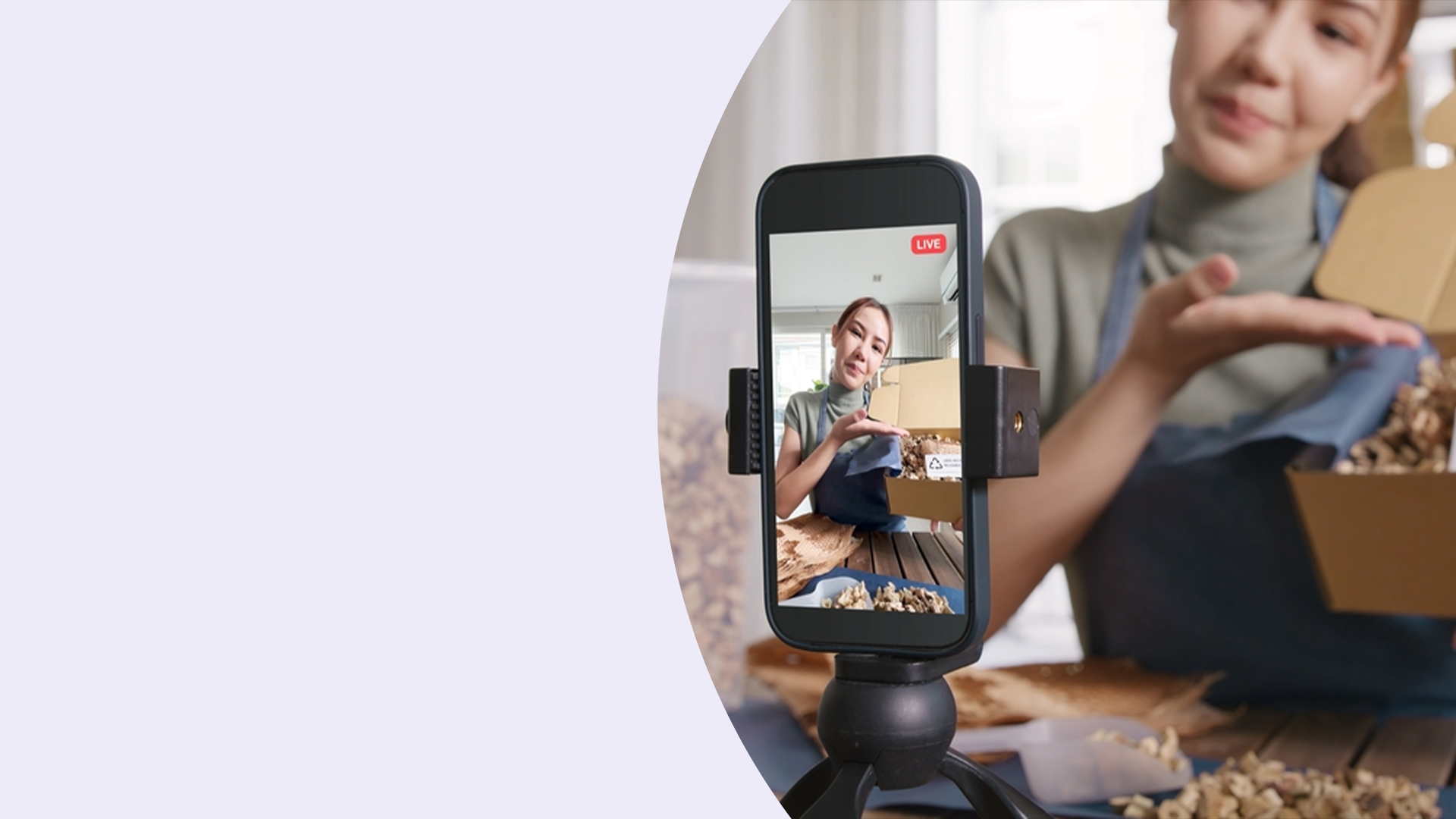





 Source:
Source: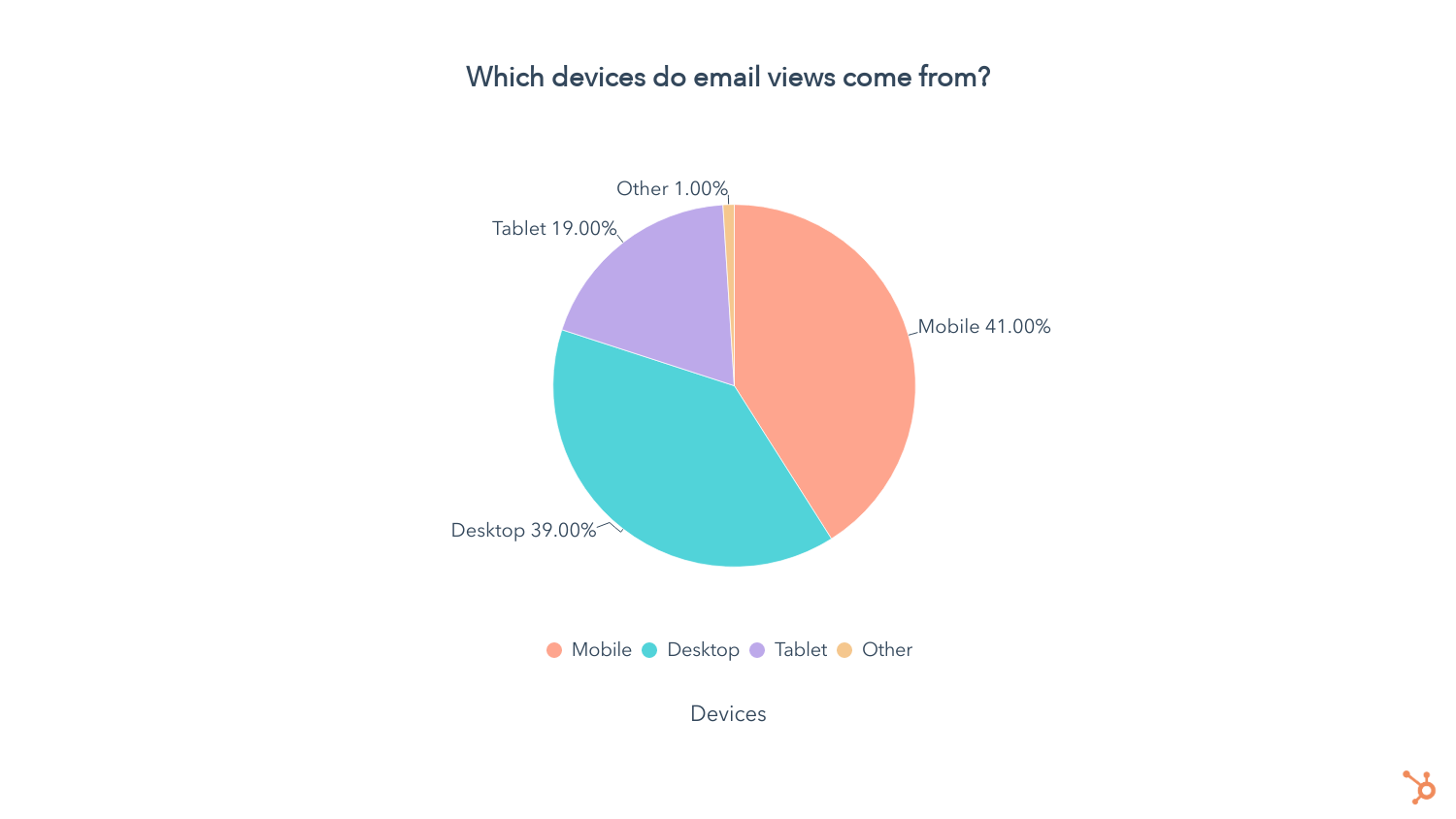







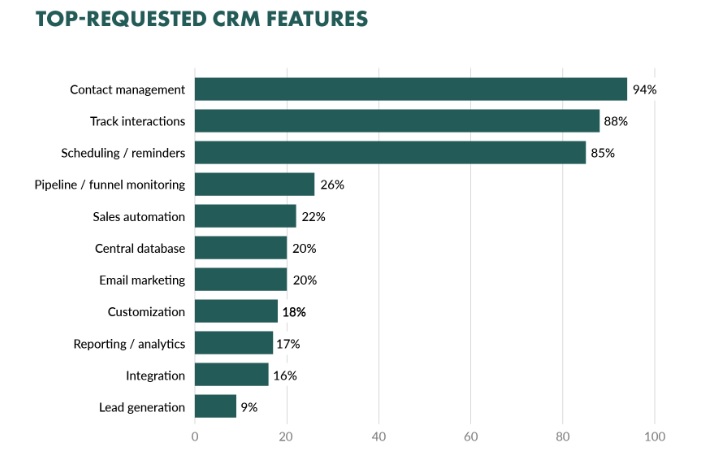
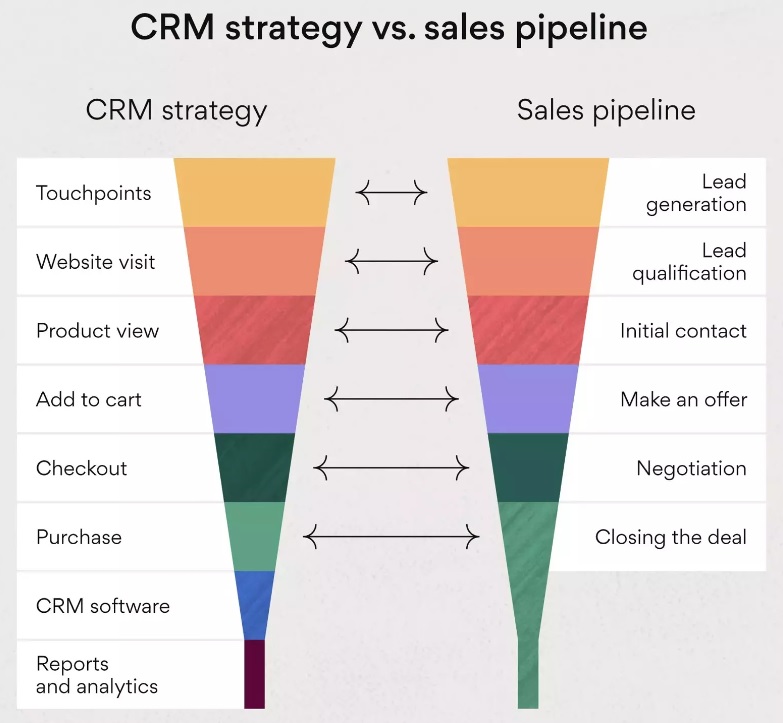
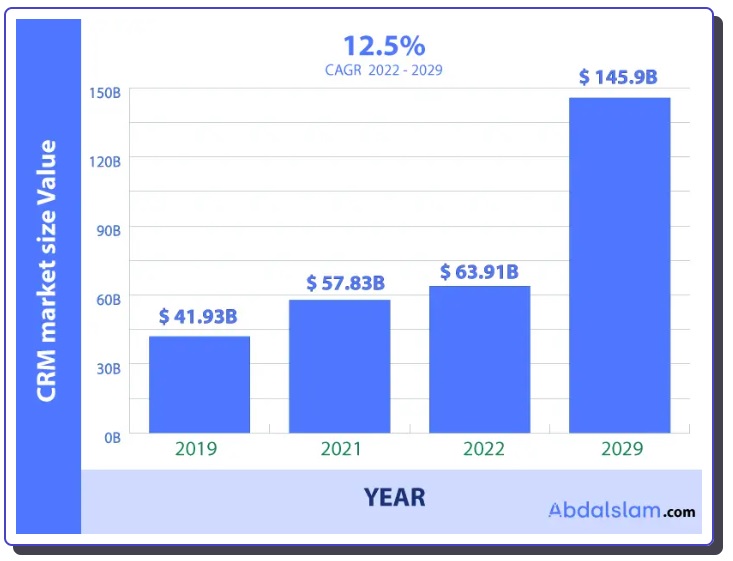



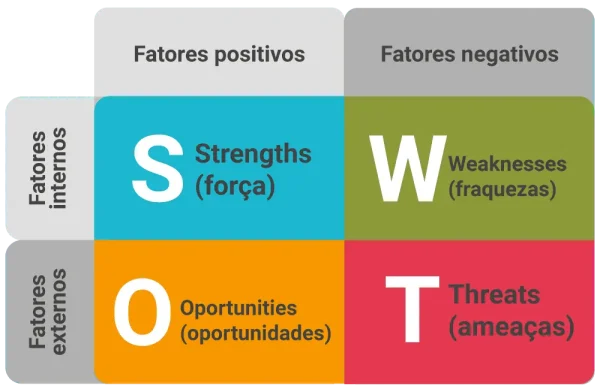 Source: Rock Content
Source: Rock Content Source: SEMRUSH
Source: SEMRUSH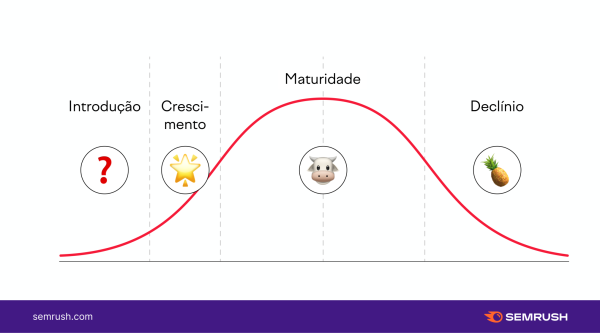 Source: SEMRUSH
Source: SEMRUSH

 Source: Pixabay
Source: Pixabay
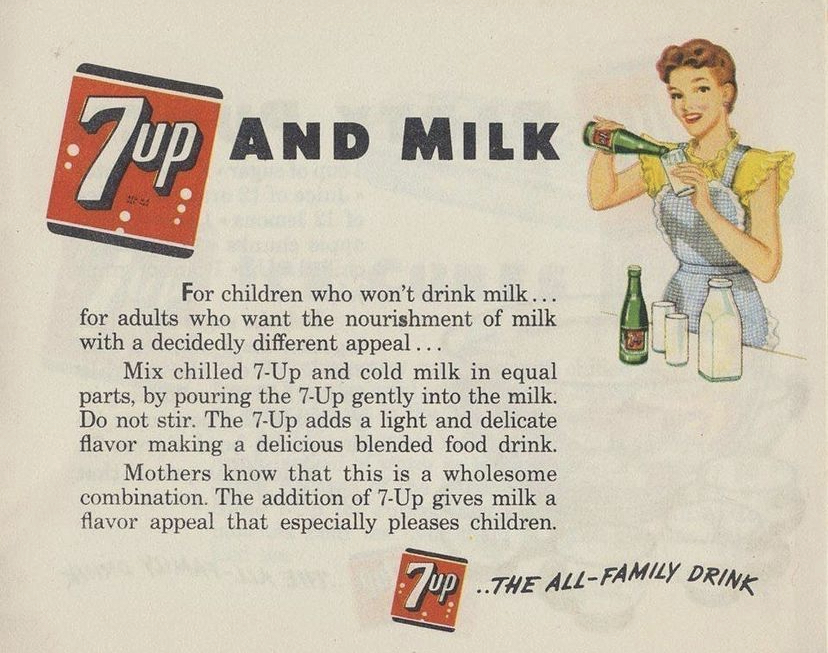 Source: 7Up
Source: 7Up




 Fonte: Pixabay
Fonte: Pixabay Source: Pixabay
Source: Pixabay
 Fonte: Pixabay
Fonte: Pixabay


